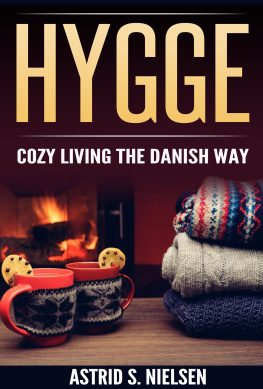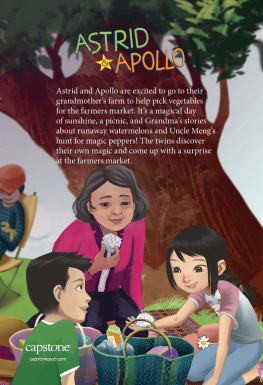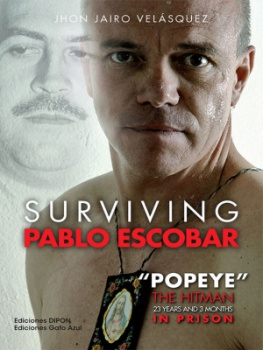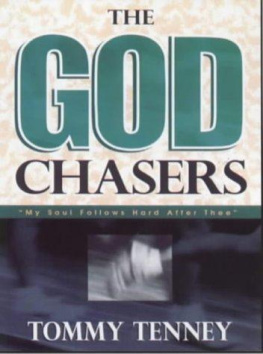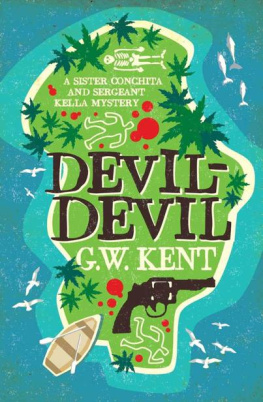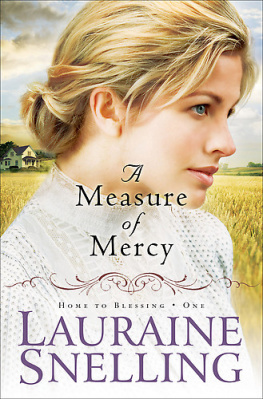Acknowledgements
Given the complexity of the subject and the many obstacles that regularly impede fieldwork, a study of the ethnology of the intercultural exchange between the Asmat and Catholic or Protestant missionaries must be accompanied by a long list of acknowledgements. In the event that I have unintentionally neglected to mention one of the many individuals who enabled me to carry out my research, please forgive my oversight and accept my sincere gratitude.
This book is the revised English translation of Chasseurs de diables et collecteurs dart : tentative de conversion des Asmat par les missionnaires catholiques et protestants , published in French by P.I.E.-Peter Lang in 2008. I would like first to thank Gabriel Fragnire, the director of the collection Dieux, Hommes, Religions for publisher P.I.E.-Peter Lang, for his useful suggestions. Moreover, I must thank those who helped ensure the success of this research. First, I wish to thank Alain Dierkens and Pierre Petit, who co-directed my research on the dynamics of conversion. Alain Dierkens, Professor at the University Libre de Bruxelles, provided unerring support for my project from the inception of my research contract. Paul van der Grijp, Professor at the Universit de Lyon and co-director of my doctoral work, provided me welcomed encouragements and enthusiasm. Two other anthropologists specializing in the South Coast of West Papua provided insightful feedback on my work: Chris Ballard, Fellow at the Australian National University at Canberra, and Rupert Stasch, Associate Professor at University of California in San Diego. I would also like to thank John Barker, Professor at the University of British Columbia in Vancouver and Jean-Franois Zorn, Professor at lUniversit Paul-Valry in Montpellier (Montpellier 3), whose bibliographic advice helped guide my work.
In addition to literary and archival research, every anthropologist works within a determined field. In West Papua, doors are easily opened, except those of the Indonesian immigration offices. Aware of my administrative difficulties, influential individuals from Kuala Kencana personally intervened on my behalf in the epic process of renewing my visa. Without them, my stay among the Asmat in 2004 would never have taken place. I am particularly thankful for the help of John Faidiban, who acted as my sponsor without having ever met me; his wife, Margaretha; their son-in-law and the son of a missionary, Iain Wilson; the former Regional Director of SOS International in West Papua, Ibu Remi; Doctor Rosaline Rumaseuw and her husband Sam Koibur; and Bishop John Saklil from Timika. In Tembagapura, Monika Siburian and Pak Made, both employees of SOS International, also provided welcome assistance.
In Asmat territory, many people helped facilitate my research. I would first like to thank my host family in Amborep, and especially my classificatory grand-father the late Primus Akum, whose indefatigable support greatly contributed to the success of my work. I also received help and support from many others: most notably from the men of Amborep (especially Anton Tsjosow and Rofenus Unir) and my foster parents, Maria Perpertsjum and Bernardus Korem. In Sjuru, my brother Felix Owomipitsj was always ready to protect me and for this I owe him a great deal. In the same village, I would like to thank the late Abraham Buipir and the current bupati (regent), Yufen Biakai from Yamasj; in Atsj: Markus Yisimamtsji, Fabianus Faniptsjes and Onesius Otenieli Daely (Pater Ote); in Sawa-Erma : Rufus Sati, the Pentecostal pastor Jefri Pemila and Vince Cole MM; in Uwus: Soter Baien and his family; in Cemnes: Markus Rudolf MBaith and his family; in Ewer: Nikolas Dawakan, and the Hom-Hom men, including Obeth U Kabak. In Agats, Pak Sutrisno, the head of the Department of General Works (Pekerjahan Umum), adopted me as his own daughter; he kindly looked after both my comfort and safety and allowed me to accompany him on his missions in the swamp. The former camat (mayor) of Agats, John Ohoiwutun, who is now in Jayapura, allowed me to accompany him in 2001 on two army reconnaissance expeditions outside the Asmat region, which provided me with significant insight into relations between the Indonesian authorities and local populations. I also wish to express my gratitude toward other inhabitants of Agats: Bishop Alo Murwito OFM, the Asmat pastors John Kawor from Beriten, Sabinus Ekpiwi from Amborep and Paternus Cuakces, Ernest Nditsjim from Ayam and Niko from the same village, the curator of the Asmat Museum of Culture and Progress, Erik Sarkol, the Kayagar Pentecostal pastor Willibrodus Ekyak, Toon Putmann MHM, the Ursuline nuns, notably Sister Korina Ngoe OSU and the TMM sisters, the former koramil ( Komando Rayon Militer , military commander called Danramil by his peers) of Agats, Kaleb Lodarmase and his friends and family, Veronika Wahyu Indriani (Vero) from the DelSos ( delegatus sosial ), Father Charles OSC from Yamasj, and finally, the directors of the army and the police, the various brigades, and the Department of Education (Pendidikan), especially Pak Paiman.
I would also like to thank the numerous missionaries who helped with my research and offered me their hospitality in Europe and in the United States. Among the Protestant missionaries, I would like to thank Charles Davis, the director of TEAM (The Evangelical Alliance Mission), and those of his colleagues who helped and supported me in 2005 and 2006, especially Dave and Gwen Broucek in Wheaton, Illinois; Robert and Ruth Amber Leland in Washburn, Minnesota; Lynn and Elmer Lorenz in Wheaton, Illinois; Candy, Charles and Bernita Preston in Topeka, Kansas; Marge Smith in Santa Barbara, California ; Ruth Roesler in Bradenton, Florida; Marvin Newell in Wheaton, Illinois; Kenneth and Sylvia Dresser in Toronto, Ontario ; as well as Arturo Torres and Kris Davis from the TEAM Communication department. Other members of TEAM answered my questions by e-mail: the late Robert and Helen E. Frazier, Margaret Stringer, Don Gregory, Clarence Gillett, Shirley Rascher and Verena Hekman. I owe a special debt of gratitude to Dave Broucek for his generous hospitality and documentary research, and to Ruth Roesler for the time she devoted to recording the Anthropological Notes of her late husband, which proved invaluable in my exploration of the anthropology of missionaries.
Several members of MAF (Missionary Aviation Fellowship) joined their TEAM colleagues in assisting me: John and Suzan Forsythe in Boise, Idaho as well as Crissie Rask, Dave Hoisington, Janet and Dave Steiger, John Miller, James Hyatt, Joy and Steve King and John Foster by mail. At Regions Beyond Missionary Union (RBMU, which became World Team in 1995), Don Richardson, missionary and author of Peace Child highly esteemed among Protestant missionaries in Papua, also assisted me in my research via mail. Finally, at the Billy Graham Center, the archives director, Paul Eriksen and the archivists Bob Shuster and Wayne D. Weber provided me with all the documents I requested in record time.
Among the Catholic missionaries, I would like to thank the Crosiers, whose hospitality and willingness to give me access to their archives in Shoreview, Minnesota and Onamia, Minnesota, was remarkable. Special thanks to Bishop Alphonse Sowada OSC; Provincial Tom Carkhuff OSC; Greg Poser OSC ; Dave Gallus OSC; Clarence Neuner OSC; Jim Remmerswaal OSC; the Prior of Onamia, Kermit Holl OSC; the Director of Novices, Jerry Schick OSC; John Fleischhacker OSC; Joe DeLouw OSC; Ed Greiwe OSC ; the late Henry (Bing) Miller OSC; and Virgil Petermeier OSC, based in Agats. Thanks also to Brother Dave Richardson OSC for his assistance in the Onamia archives and to the employees of the American Museum of Asmat Art (formerly in Shoreview), especially Mary E. Braun, former Executive Director of the museum when I completed my research, Jane Mitchell, secretary of the Provincial and Ann Marie Anderson, Director of Vocation Ministry with the Crosiers.





